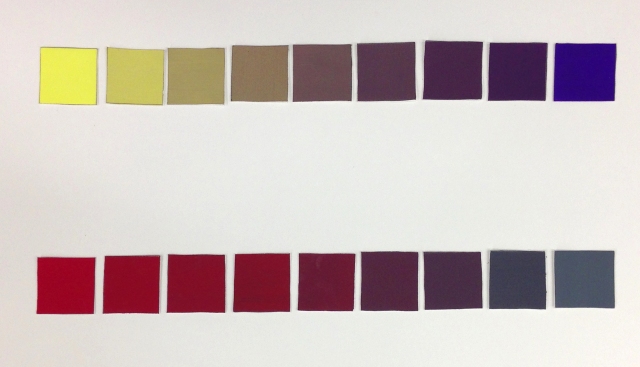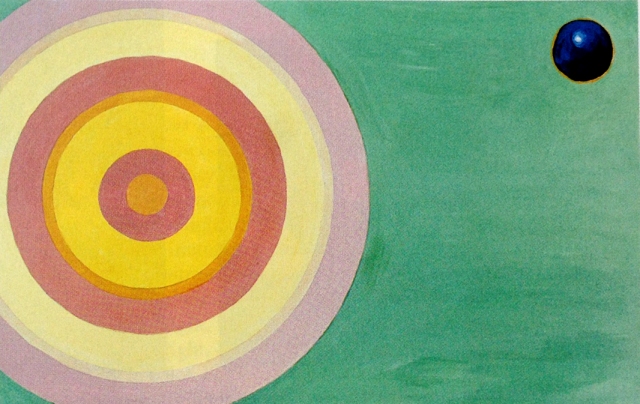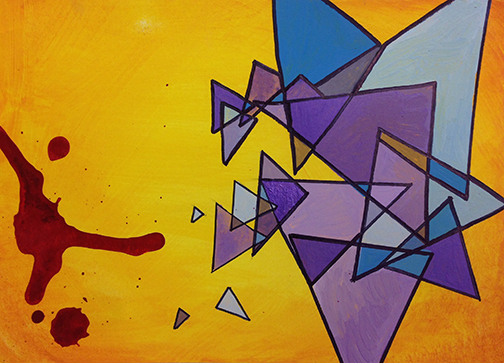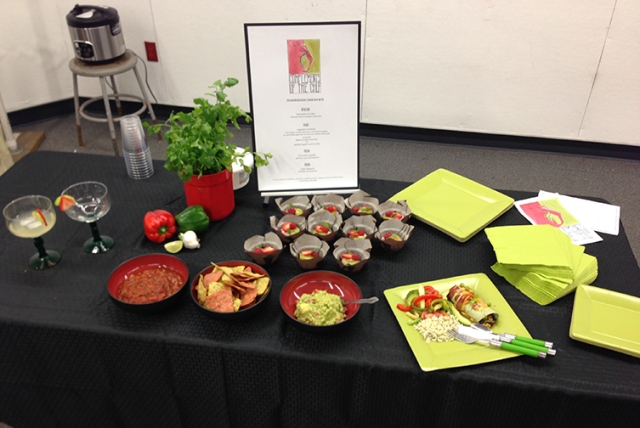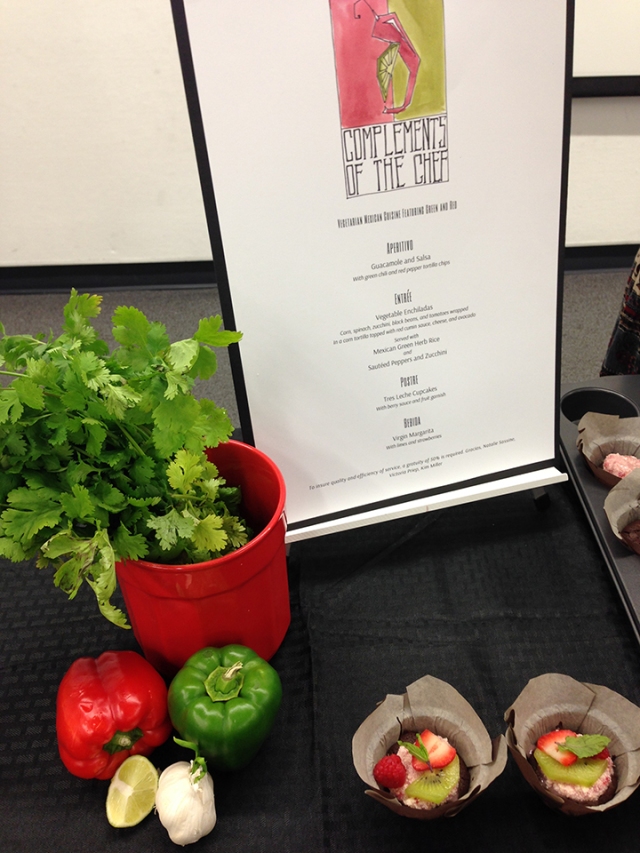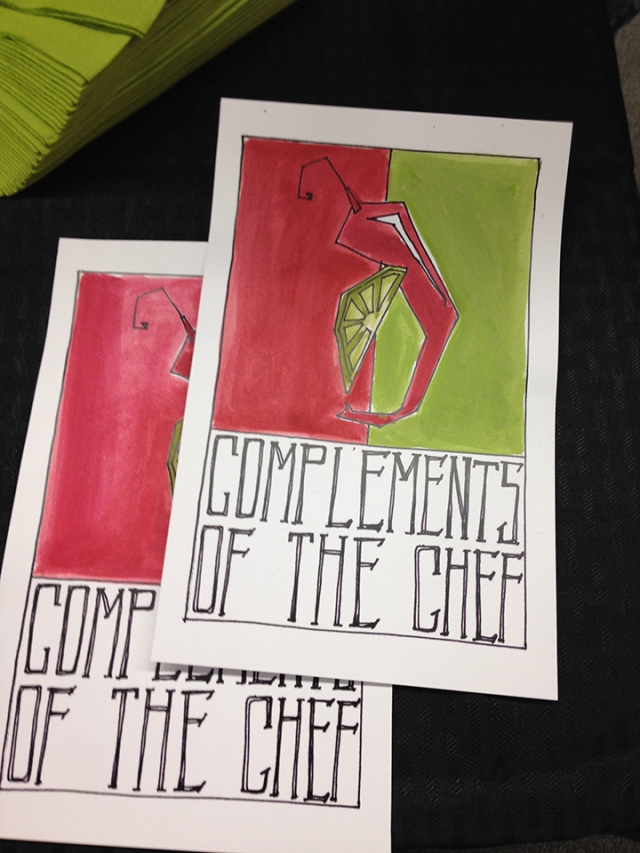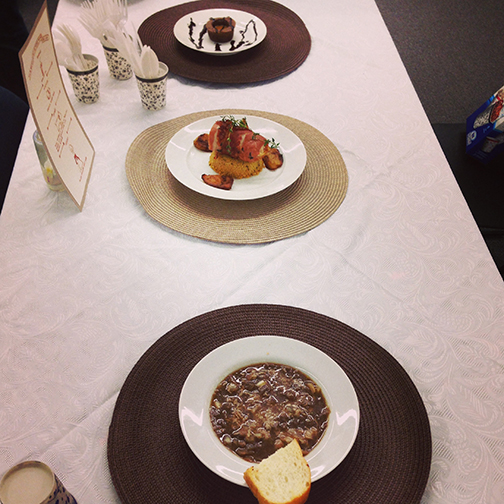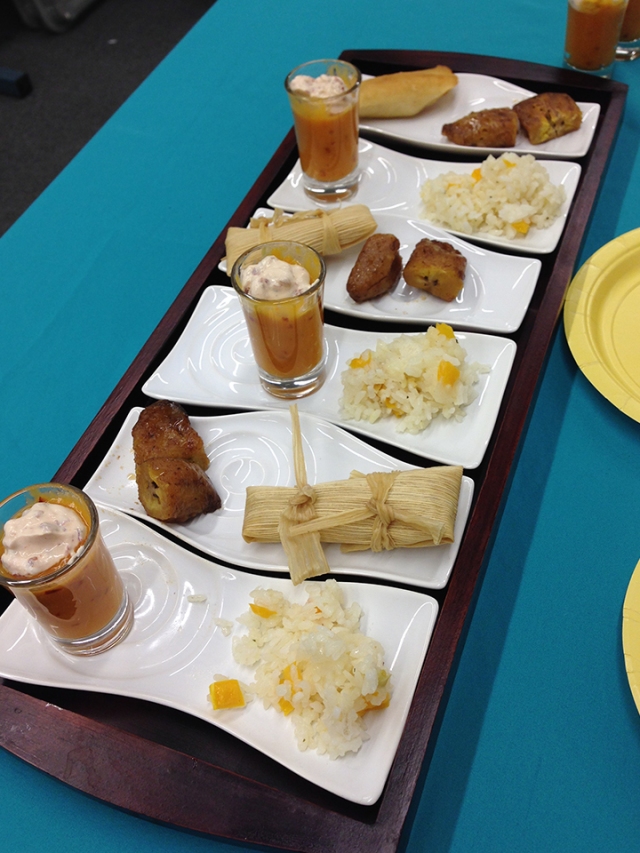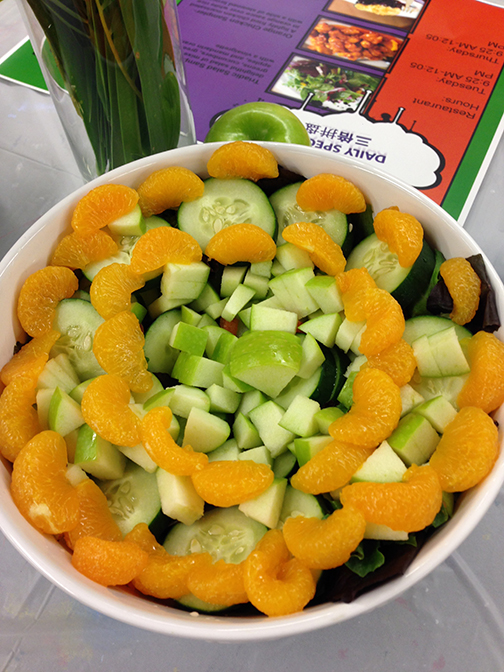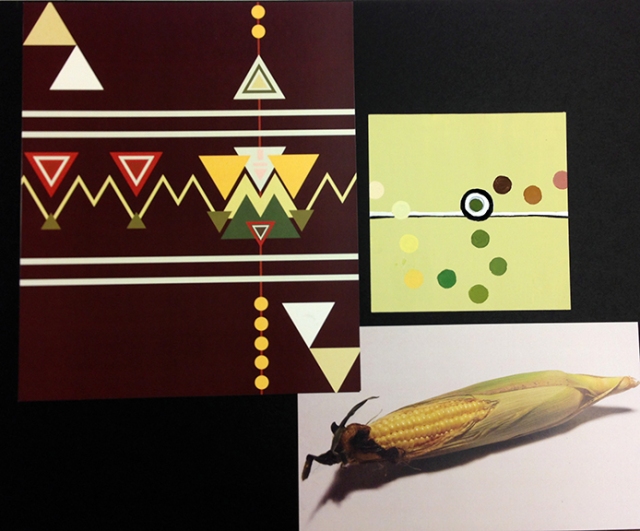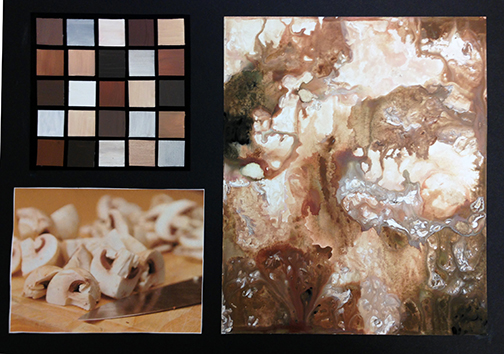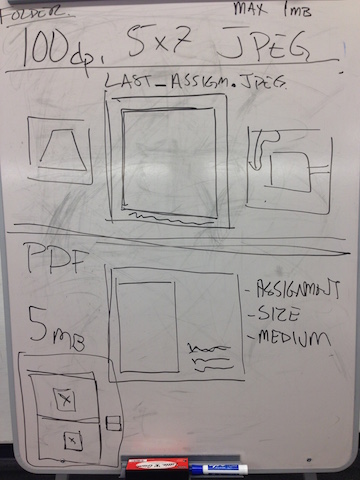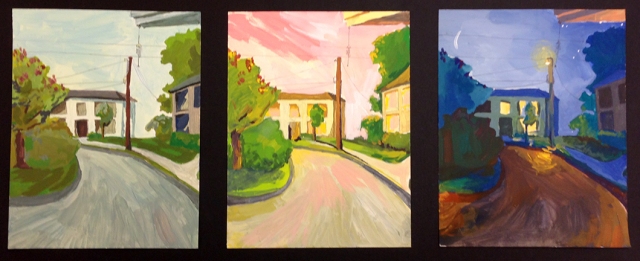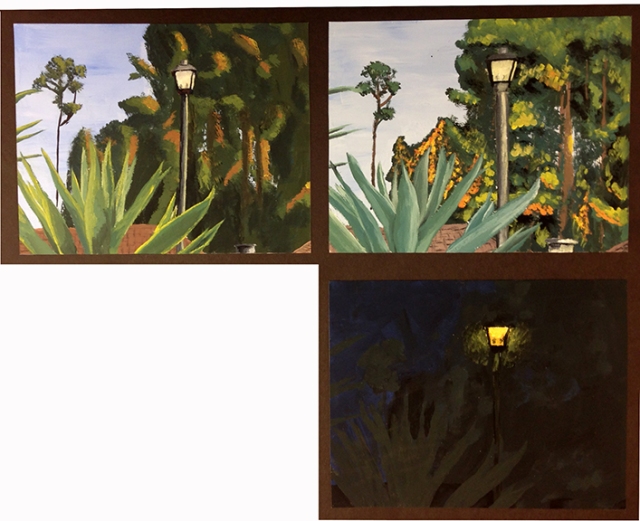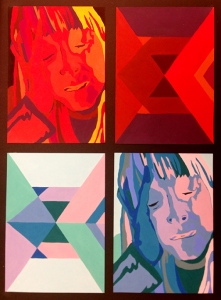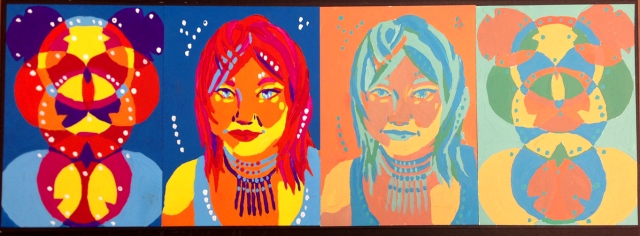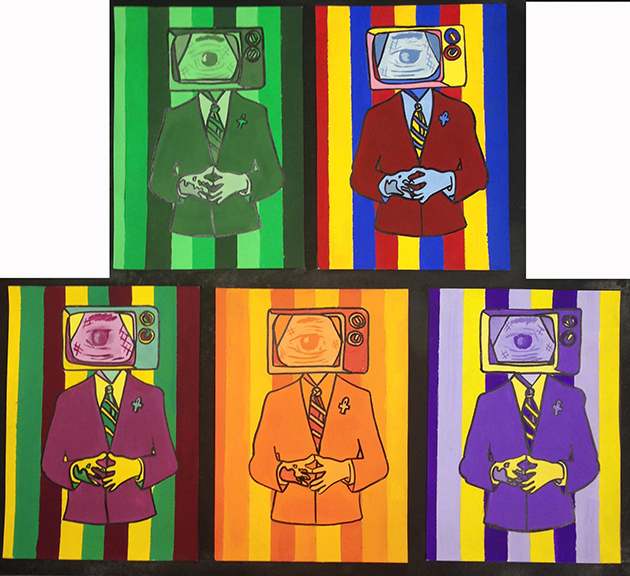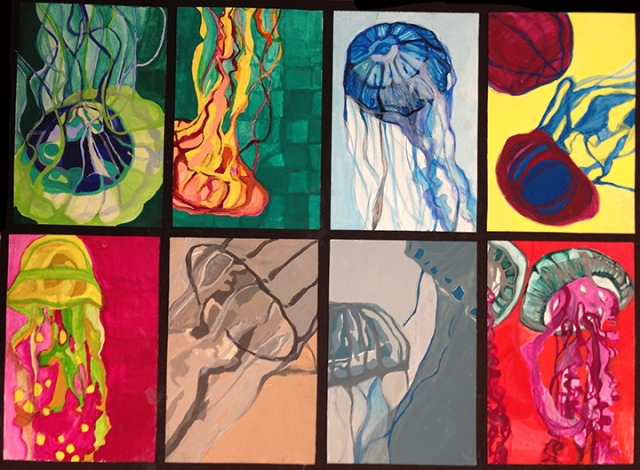All of our color aspects are interrelated. Saturation is no different and we have, in fact, already dealt with saturation in our two previous assignments. Saturation is a hue’s intensity. A pure color is highly saturated, think of that pure, straight out of the tube purple. A desaturated hue is one that has lost it’s intensity, has become muted or dulled. Think now of those dull purples we mixed in the color wheel assignment.
A hue can be desaturated in many ways, mixing two or more colors together (that color wheel purple). Mixing a hue plus black or white also desaturates. Think about those duller value mixes we made in the value assignment.
Mixing different hues does desaturate, but the two colors that desaturate each other the best and fastest but with the most control are a hue plus it’s compliment.
That is Part One of todays work. Take a hue and it’s compliment and mix nine 1.5×1.5″ squares so that you have a desaturation of the hues with a good grey in the middle. When two colors mix to create a grey we refer to that as a chromatic grey.
While our color aspects are linked they can be separated and controlled to create different effects. All the mixes we have done so far have resulted in a value change as well as a desaturation. In Part Two we will separate value from from desaturation.
In this assignment you should pick a hue and then mix up a batch of a black and white grey, an achromatic grey of equal value to your chosen hue. Mix nine 1.5×1.5″ squares so that you move from your hue to the matching achromatic grey. in these the saturation should change from saturated color to grey but because there is no value change between the two there should be no value change across the saturation gradation. This is one you can test by taking a black and white photo. Those chips should all be the same grey in that photo.
When we mix a hue with it’s compliment or a mixed grey the resulting hue is called a shade.

